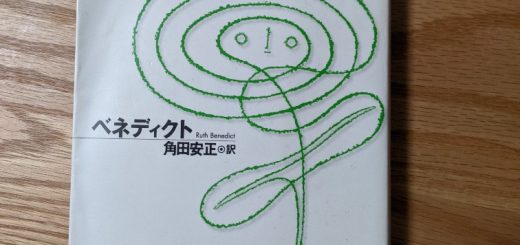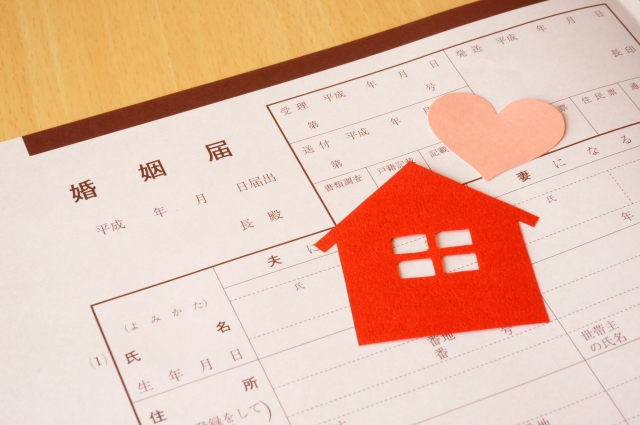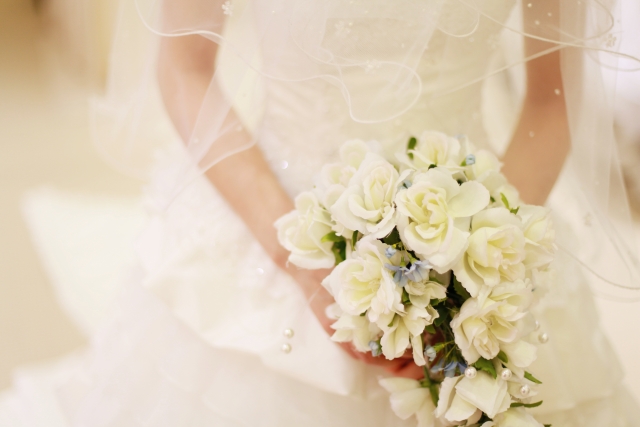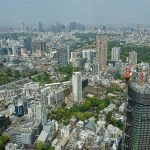Symbols of Japanese summer
Hello!
The season is summer, and this time I would like to summarize a Japanese summer’s feature.
It is hot every day in Japan. In Tokyo, we have been experiencing extremely hot days with temperatures reaching 35°C (95°F) every day.
Furthermore, in 2023, typhoons hit the Japanese islands twice in August, and we can feel the impact of recent global warming.
Although the heat and rain tend to keep us indoors during the summer, I would like to introduce some of the Japanese summer’s feature.
More and more travelers from overseas are coming to Japan. Please refer to them when you visit Japan in summer.
I used illustrations from the Japanese popular free illustration site “Irasutoya” for each item.
https://www.irasutoya.com/
Here’s the previous post where I summarized how Japanese people spend their summer vacation. You can also find an explanation of the Japanese custom of Obon here.
- Food
- Traditions
- Events
- Nature
- Other
Food
・Shaved ice (Kakigori)

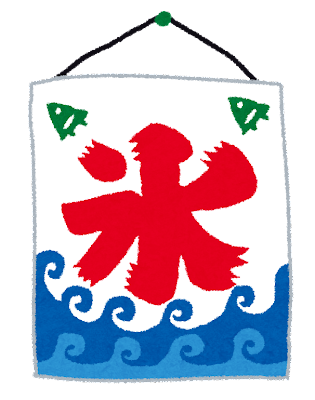
Shaved ice(Kakigori)is made by breaking ice into small pieces and pouring sweet syrup over it. Strawberry, melon, lemon, and blue Hawaii (a blue syrup with no clear definition of flavor, cider or ramune flavor) are common flavors. it was often sold for a few hundred yen at summer festivals and was a refreshing treat on hot summer days. Eat it in a hurry or it will melt. Nowadays, there are high-end shaved ice shops using premium fruits that cost between 1,000 to 2,000 yen, and more people enjoy shaved ice year-round.
・Watermelon (Suika)
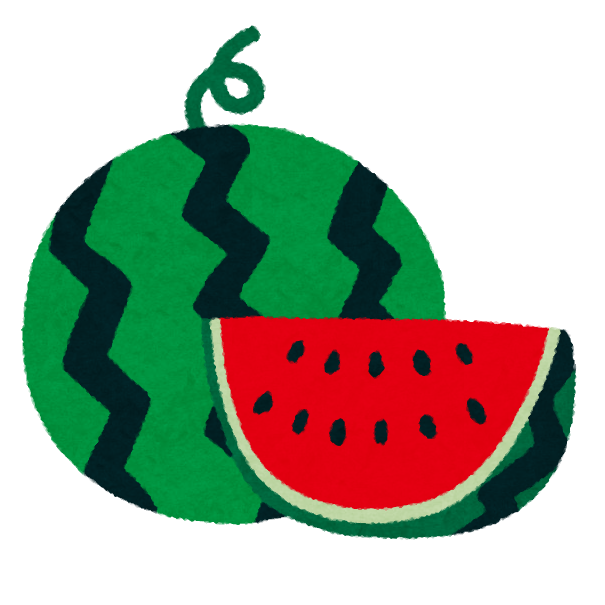
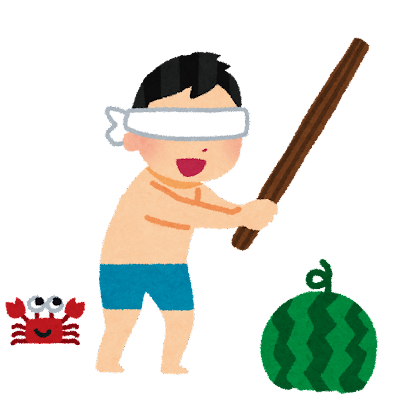
Eating juicy and sweet watermelon during the summer is a classic tradition. Some people sprinkle salt on it.
Additionally, there is a game called “Suikawari” where a person blindfolded at a beach or similar location relies on the voices of people around to break a watermelon with a stick (I’ve never done it myself).
・Somen(素麺)
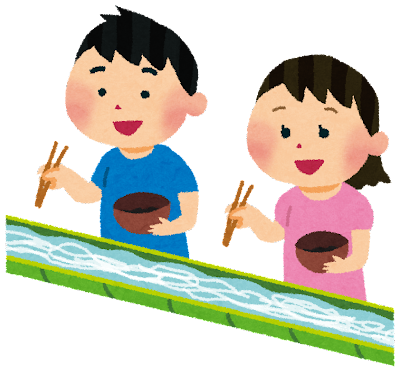
Thin white noodles made from wheat flour. They are often served cold in the summer for a refreshing experience. The brand “IboNoito(揖保乃糸)” is well-known. The noodles are dipped in mentsuyu(noodle soup base) and eaten, but there are many ways to arrange the dish, such as topping with summer vegetables like tomatoes and eggplant, or in a Western or ramen style.
There is also an event called Nagashi Somen, where somen noodles are floated down a bamboo tube and eaten by pecking them with chopsticks.
・Hiyashi chuka (Chilled Chinese noodles)
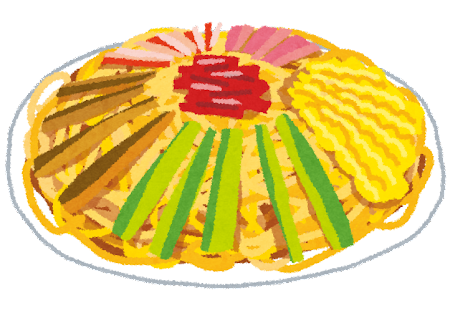
Hiyashi chuka is a cold noodle dish made with chilled Chinese-style noodles. It’s usually topped with a variety of colorful ingredients like tomatoes, cucumbers, ham, and eggs, and then drizzled with a cold vinegar-based sauce or sesame dressing. Despite its name, “Chuka(Chinese)” in the title, it is not a Chinese dish but an original Japanese creation. Interestingly, it is considered a Japanese-style Chinese dish in China and Taiwan.
Traditions
・Summer Festival(Natsu Matsuri)
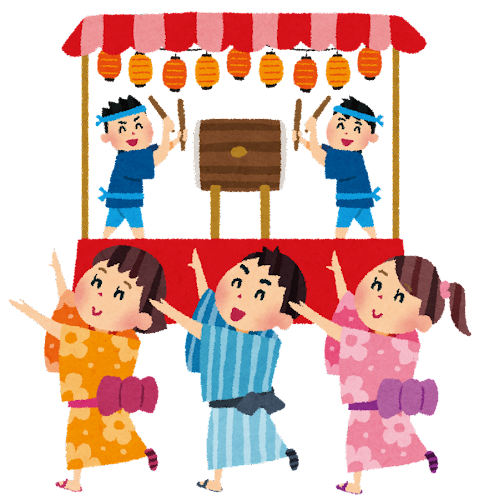
Matsuri(祭り) is an event to worship gods, Buddha, and ancestors for thanksgiving, prayer, and consolation. It is also an event that maintains the local community. Participants carry mikoshi (portable shrines) or pull festival floats through the streets, eventually gathering at a shrine. The main purposes of this event, especially in summer, are to pray for the eradication of plague and disease, protection from insects and water damage in agriculture, and to make offerings to ancestors. The Gion Festival in Kyoto and the Nebuta Festival in Aomori are well known. Bon dances in various regions are also held to offer memorial services to ancestors.
On the day of a summer festival, various stalls line the streets near shrines and offer food, games like goldfish scooping, ring-toss, and shooting games for visitors to enjoy.
・Fireworks (Hanabi)

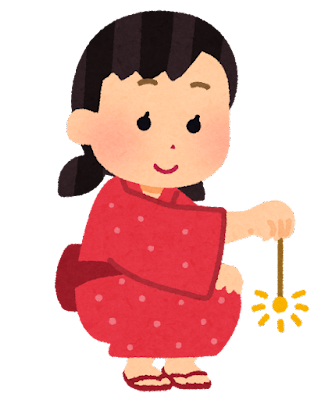
Like festivals, fireworks are displayed during Obon in summer in Japan as a way of comforting the spirits of the dead. Some displays are dedicated to the souls of those who have passed away, especially those lost in wars. Firework festivals take place all over the country, with some attracting nearly a million visitors. Additionally, there are handheld fireworks for home use, which families and friends enjoy together. Sparklers, known as “senko hanabi,” are a symbol of transience and are also popular.
・Yukata
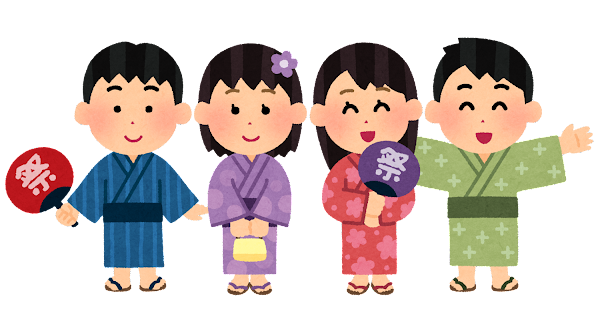
A kimono worn to summer festivals, fireworks, and other summer events. Originally, yukata were used for relaxing at home. It comes in a variety of colors and has many different patterns, such as flowers and dragonflies.
Events
・Beach/Pool
It’s a universal desire to want to immerse oneself in water when the weather gets hot, isn’t it?
・Summer Fes
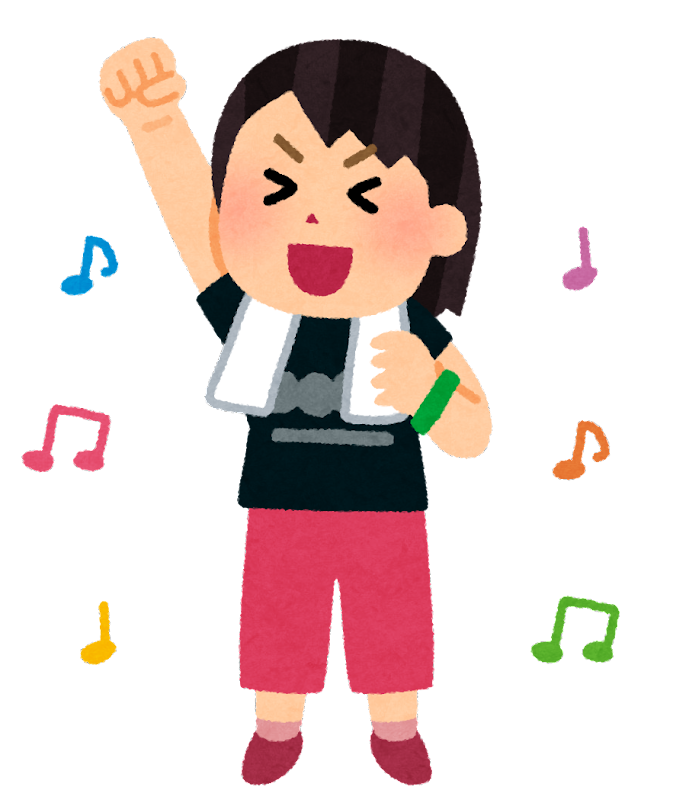
Outdoor concert events held during the summer, featuring many artists. Some venues even allow camping. These festivals are particularly popular among young people.
・Summer Comiket
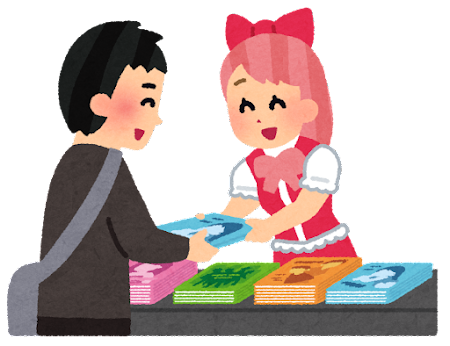
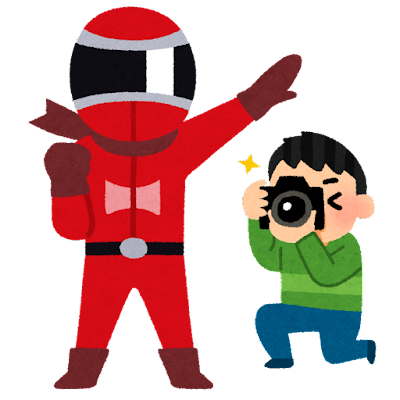
The summer edition of Comiket, the world’s largest fan-made comic book fair. It takes place at the Tokyo Big Sight convention center. Cosplayers gather here, and photography sessions are common.
・Koshien(甲子園)
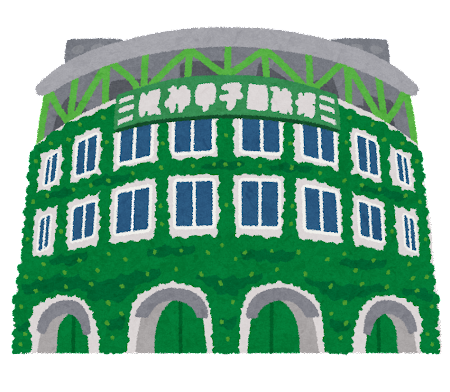
National High School Baseball Championship Commemorative Tournament. Koshien The tournament is held every summer at Hanshin Koshien Stadium in Nishinomiya City, Hyogo Prefecture. Baseball is the most popular sport in Japan, and Japanese people love to watch high school boys representing each prefecture fight to become the best in Japan. Documentary programs are produced on the event, including the cheering squads of each school, and every year a coming-of-age story unfolds.
However, despite the recent increase in the number of extremely hot days, the games are played during daytime hours without changing the previous schedule, and many are concerned about heat stroke and physical condition of the ball players, which has led to criticism of the high school baseball federation.
Additionally, high school baseball players have traditionally been required to have closely cropped hair, but there is a growing trend of some high schools allowing more freedom in hairstyles, leading to discussions on social media. Professional league players in Japan have quite diverse hairstyles, so I believe there is no need for all high school baseball players to have closely cropped haircuts.
・Beer Garden
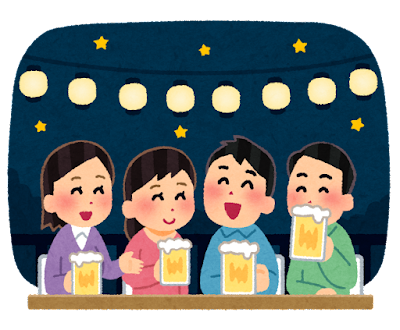
Beer gardens are a popular way for adults to enjoy drinking beer outdoors on summer evenings. They are located on the rooftops of department stores, hotels, and commercial facilities, on terraces, in parks, etc. Some are combined with a barbecue.
Nature
・Cicadas (Semi)
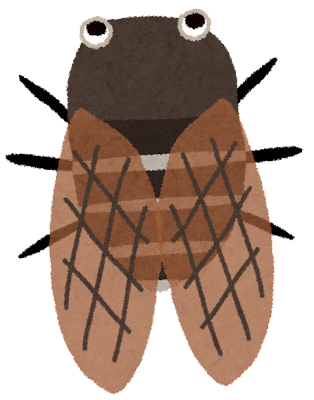
In Japan, cicadas are abundant not only in the forests but also in the trees along the streets, and they sing loudly in summer. When cicadas chirp, Japanese people are deeply moved to think that summer has arrived.
For Japanese people, the sound of cicadas is deeply associated with the arrival of summer. When cicadas start to sing all at once, their loud buzzing is often described as “semishigure(蝉時雨),” akin to a sudden summer shower, and it has become a seasonal term in haiku poetry.
The life cycle of cicadas is quite remarkable. Their nymph stage lasts for about 7 years, while the adult stage is only about 7 days, resulting in a total lifespan of approximately 7 years and 7 days. The brevity of their adult life during the summer is a poignant aspect of cicadas that many Japanese people find fleeting.
・Japanese Rhinoceros Beetles (Kabutomushi)
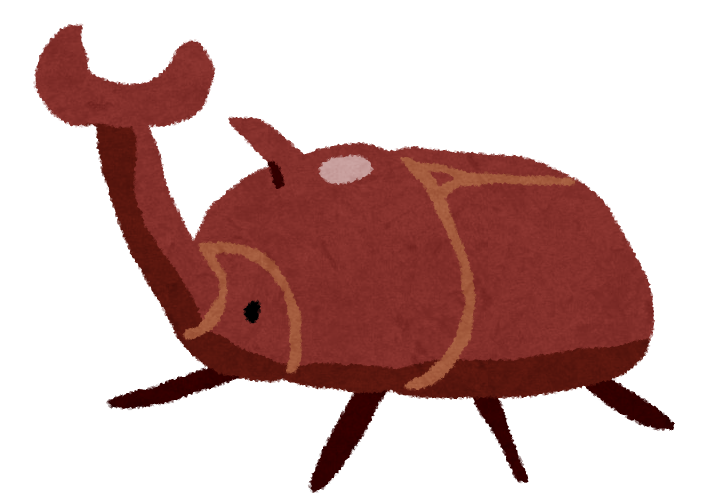
Known as the “king of insects” in Japan, the Japanese rhinoceros beetle, Kabutomushi is characterized by its horn-like structure resembling a samurai helmet, hence the name “kabutomushi” (kabuto means helmet).
Children often go out to catch insects during the summer, and some even keep beetles as pets, with specialized food available for sale. They are sometimes pitted against stag beetles in beetle battles.There is also a market for breeding these beetles, and it can be quite profitable.
Mosquitoes (Ka)
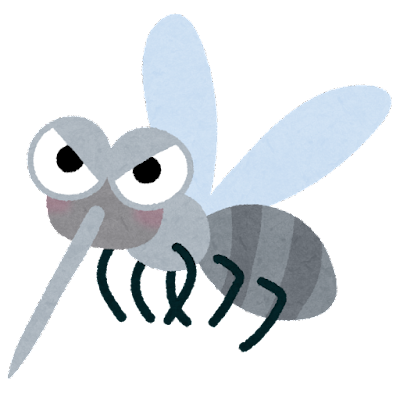
During the summer, mosquitoes become a nuisance by buzzing around and trying to bite and feed on blood, particularly during nighttime when people are sleeping. Their bites can be itchy. Mosquito coils are a traditional Japanese item used to repel mosquitoes.
・Sunflower(Himawari)

A flower that symbolizes summer in Japan. The name is derived from the sunflower’s rotation in the direction of the flower as the sun moves.
Other
・Heat Stroke
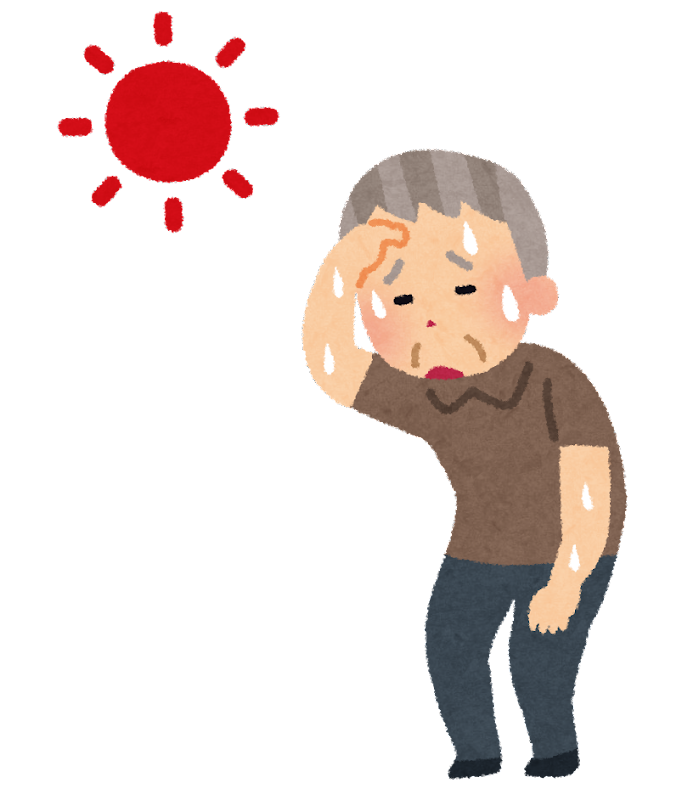
Heat stroke is an illness that causes a rise in body temperature, an imbalance of water and salt in the body, and an inability to regulate body temperature, resulting in various symptoms such as elevated body temperature, dizziness, cramps, and headaches. In recent years, there has been an increase in patients, especially among vulnerable groups such as the elderly and children, due to the rising temperatures, and emergency medical services have also been on the rise. Daily news alerts are issued to the public.
Countermeasures include taking in water and salt, refraining from outdoor exercise, and using air conditioning indoors.
・Southern All Stars(Japanese musician)
Southern All Stars is a popular Japanese rock band known for singing many summer-themed songs with a focus on the Shonan area (a coastal region in Kanagawa Prefecture, adjacent to Tokyo, typically spanning from Kamakura to Oiso). The band celebrated its 45th anniversary in 2023. They have a broad fan base encompassing people of all ages and genders and are considered a national favorite. When it comes to summer songs, Southern All Stars is often the first name that comes to mind!
https://www.youtube.com/channel/UCSXpSoWV4_R1Taf_4E2fOsQ
This summer, temperatures are rising worldwide, and there have been frequent occurrences of wildfires. For those in regions where summer is ongoing, please take care of your health and well-being.

Japanese OL. (OL means “office lady”. Women who work in offices.)
I was born in a rural part of the Kanto area in the latter half of the 1980s. I live and work in Tokyo now. I live with my husband. I study English by writing this blog!

